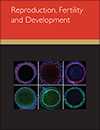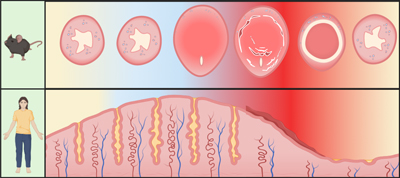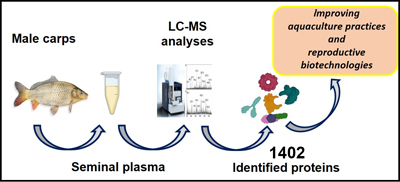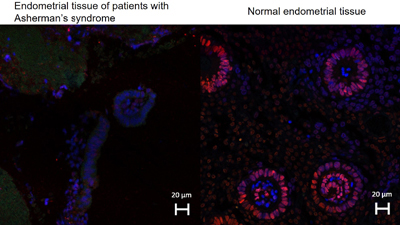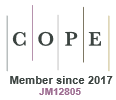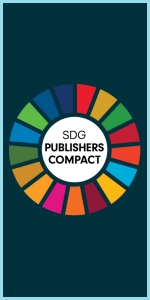Reproduction, Fertility and Development
Volume 37
Number 13 2025
Modelling menstruation in animals that do not naturally menstruate is a challenge but not impossible. This review assesses the literature surrounding artificial menstruation in the common laboratory mouse. We noted that different models produce different menstruation-like events; the results highlight the importance of ovarian factors other than progesterone during menstruation. Researchers should select their chosen menstruation model carefully to ensure the model does not have negative impacts on the outcomes. Image created in BioRender, Rogers L (2025).
Carp reproduction is crucial for aquaculture, yet the role of semen proteins remains poorly understood. Our study identified 1,402 proteins in carp seminal plasma—the most comprehensive dataset for this species—uncovering key proteins involved in immunity, stress response, and sperm function. These findings enhance our understanding of fish reproductive biology and could improve aquaculture practices by advancing sperm preservation, fertilization success, and disease resistance. Diagram by Anna Małgorzata Majewska.
Fertility rates are declining, and thin endometrium is a big issue of infertility in women. This study aimed to develop a therapy to regenerate thin endometria in patients who are unresponsive towards standard hormonal treatment, and showed that cell-based therapy with a tissue engineering approach demonstrated potential to improve endometrial regeneration. This newly developed therapy may become an alternative to treating thin endometrium with further research. Image by N. Sandora.


